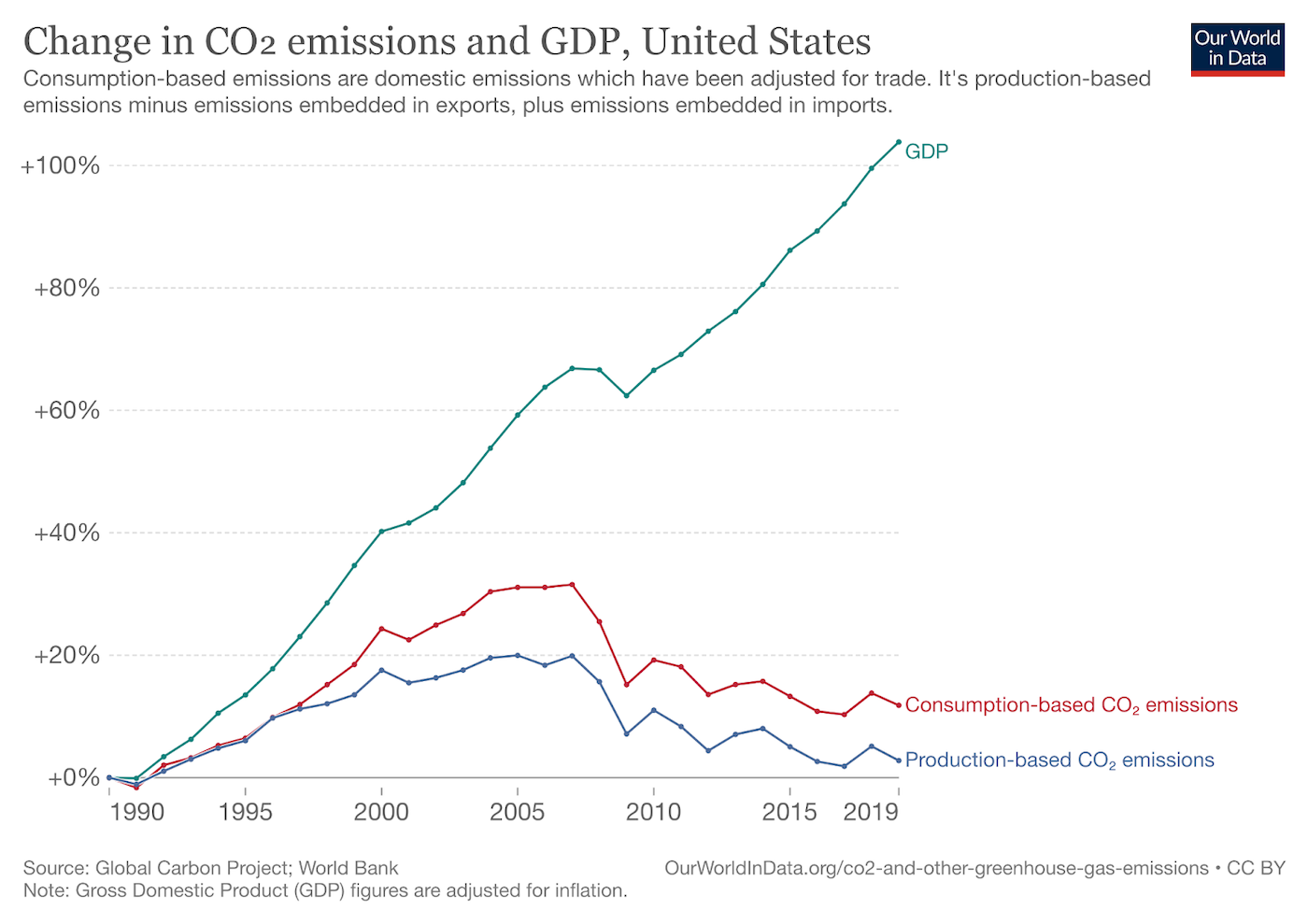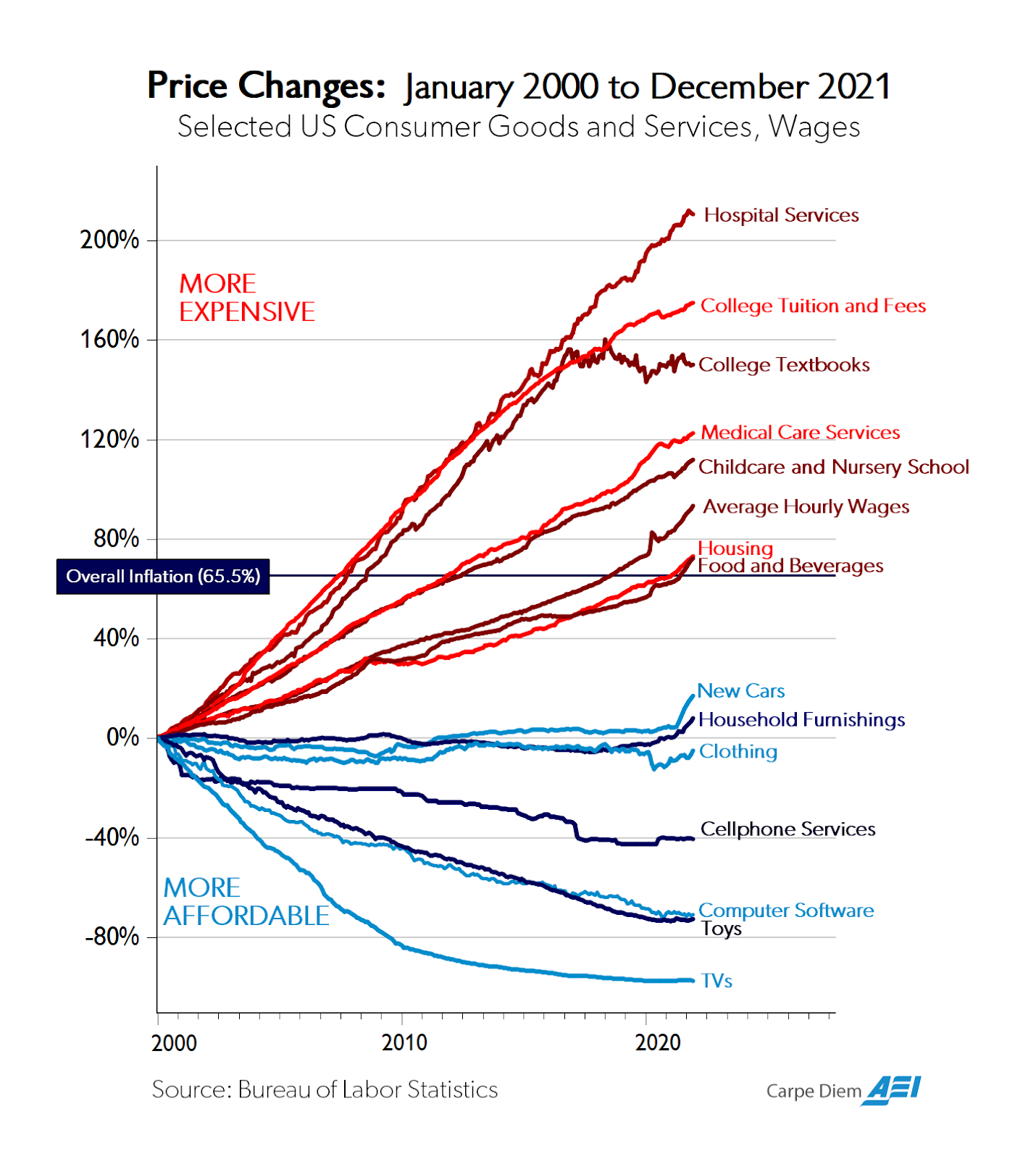
It’s been a year since the release of Andy Weir’s 2021 bestseller Project Hail Mary, which tells the story of a top scientific researcher-turned middle-school science teacher who finds the fate of humanity in his hands.
In short, the sun is getting dimmer much faster than expected. If Earth’s best minds can’t find a solution fast, global cooling will kill everyone within a few decades. The nations of the world launch a lightning-fast mission to send three Earthlings to space to figure out why a nearby star is not affected. It’s a last-ditch effort—a hail Mary—to gain knowledge from space that can help save Earth. Spoiler alert: It works.
And aside from being a super fun sci-fi read and a refreshingly optimistic take (in contrast to recent apocalyptic tales like Don’t Look Up), the book has several lessons for today’s policymakers and thinkers. We may not be facing an infestation of Astrophage—the organism that consumes the energy of the Sun and threatens Earth’s very existence. But we are still very much learning how to effectively address the threat of climate change.
If our own “Project Hail Mary” is to be successful we will have to embrace continued innovation, welcome collaboration from the smartest minds on Earth (or elsewhere), and find a way to act boldly and quickly in the face of challenge.
Lesson 1: We can’t afford to stop innovating
It wouldn’t be sci-fi without shiny new technology that is beyond what is possible today. In the story, Project Hail Mary requires the world’s top minds to act quickly to design and build: a spaceship that can bring three astronauts into space, a coma-inducing technology complete with an entirely autonomous robotic life support system to keep them alive during the multi-year journey (which ends up being only partially successful), a technology for collecting scientific samples from other planets whose composition is entirely unknown, and a self-guided mini-spaceship (actually four spaceships for redundancy) that can bring the sample home to Earth once collected.
In our fight against climate change, we have already made amazing technological progress, but we must do more. Solar panels today are significantly cheaper and more efficient than they were a decade ago. The National Renewable Energy Laboratory estimates that the cost of residential rooftop solar declined by 64 percent from 2010 to 2021, while utility-scale systems saw an 84 percent reduction in costs.
This is incredible progress.
Even more encouraging is the fact we have begun to decouple economic growth from carbon emissions. For much of history, carbon emissions were strongly correlated with growth—as we grew richer, we produced more carbon. But in the last few decades many countries, the US included, have been able to increase GDP (and GDP per capita) while lowering total carbon emissions. This is a promising trend that has been made possible by the development of better renewable energy technology, along with the move away from coal and toward cleaner fuels like natural gas.
Source: Our World in Data
But we can’t afford to stop innovating. We must continue to find cutting-edge and yet-to-be-discovered ways of addressing climate change. We should continue to explore new ways of sequestering carbon. Technologies like enhanced weathering of olivine—a green mineral that can help sequester carbon in the oceans—are promising and deserve further research. And although wind and solar have made huge strides in recent decades, we must continue to explore new and better ways to address climate change while maintaining human prosperity.
Lesson 2: We need the brightest minds working together
In Weir’s sci-fi adventure, Project Hail Mary requires a crew of the best and brightest minds, who must also have a genetic marker making them suitable for new coma-inducing technology. After a rigorous selection process, the Hail Mary’s crew includes Chinese Commander Yao, the Russian engineer Olesya Ilyukhina, and the American scientist Dr. Ryland Grace. But after the journey to the Tau Ceti solar system, Dr. Grace wakes to find himself the sole survivor of the mission. That is, until he sees that another spaceship has also parked alongside the Tau Ceti.
If you thought working with an international crew speaking three different languages might be difficult, Dr. Grace now gets to learn how to communicate with a five-armed alien spider with a rock-like exoskeleton who he affectionately names Rocky. Rocky turns out to be on his own mission to save his home planet of Erid. He is also a highly skilled engineer whose knowledge proves crucial to the ever-evolving plan to save both Earth and Erid.
Just as Dr. Grace couldn’t save the planet alone, in the fight against climate change, we can’t go it alone. We need each other. This means international cooperation between the brightest minds on Earth, no matter what language they speak or what borders have been drawn around them.
It also means liberalizing immigration policy in the United States to allow more high-skilled immigrants to come to the US to help fill the gaps in both knowledge and labor. Immigrants, who have always been important contributors to America’s global leadership in business and innovation, account for more than a quarter of US patents and new business start-ups.
After all, if we can’t work together with our fellow Earthlings, how will we possibly learn to cooperate with other life-forms in the universe?
Lesson 3: We have to learn to act fast again
In the novel, Project Hail Mary is only possible because of an unprecedented, rapid, and bold effort to build everything needed to make the mission a success. Everything—from building the actual rocket, to breeding the Astrophage used for fuel, to building the Russian launch base in Siberia—has to happen at warp speed because time is of the essence in the race to save Earth.
In our efforts to address climate change, we must regain our ability to act quickly to turn bold new ideas into reality. The US was once the global leader in both generating new ideas and building new things—everything from highways to computers. But today we have created an overlapping web of regulations and permitting requirements that, however well-intentioned, hampers our ability to act quickly and makes building new things incredibly expensive.
Over the past several decades, the price of consumer goods like TVs, toys, software, and cell phone service have all become more affordable. But crucial services like healthcare, education, childcare, and housing have all become much more expensive. It’s no coincidence that these are some of the most highly regulated sectors of the US economy. It’s time to reverse that trend and regain our ability to both generate new ideas and act quickly to put those ideas into practice.
Source: American Enterprise Institute.
When it comes to climate change, regulations intended to protect the environment are holding up environmentally friendly projects that would allow us to lower our carbon emissions. Advanced geothermal energy technology has enormous potential to generate energy anywhere on Earth. If we can get the permitting right, rolling out advanced geothermal technology at a commercial scale could allow us to generate electricity that is incredibly cheap and, unlike other renewables, available 24 hours a day.
But in order to make this happen, geothermal energy should be given the same exemption from the National Environmental Policy Act’s onerous permitting process that allowed the fracking boom in oil and gas. If this exemption made sense for oil and gas, it certainly makes sense for a clean, zero-emission source of baseload energy that could help us solve our climate change woes.
Climate change is a daunting challenge that requires our best and brightest minds to work together at warp speed. We already know that human beings are capable of accomplishing amazing things, from massive declines in child mortality to developing a COVID-19 vaccine in record time, to allowing the vast majority of the world’s population to stay connected to one another through smartphones. We can and must tackle the challenge of climate change head-on.
If we can recommit ourselves to innovation, working together, and acting quickly, we have a much better chance that our own Project Hail Mary will succeed.



